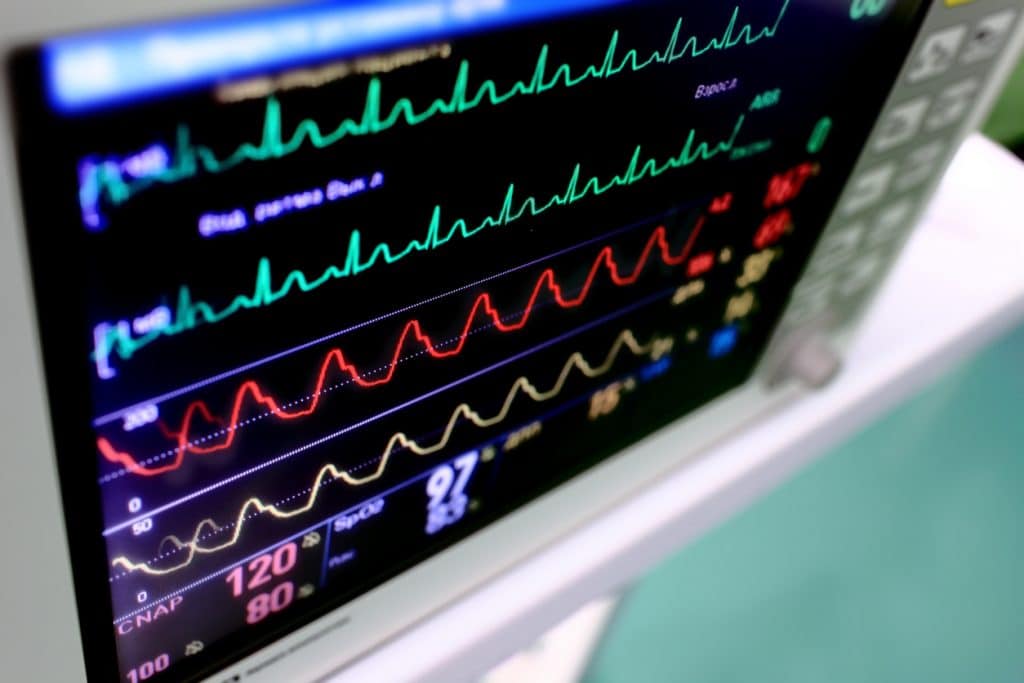Benefits of Continuous Monitoring of PCO2 Obtained from a System Applied to Membrane Oxygenator Exhaustion of the Cardiopulmonary Bypass Circuit

Objective
To observe the impact of the use of capnography system adapted to cardiopulmonary bypass (CPB). To measure the concordance between values obtained from continuous monitoring of partial pressure of carbon dioxide in membrane oxygenator exhaustion (PeCO2) and the results observed on arterial blood gas test.
Methods
Participated in this study 40 patients submitted to elective cardiovascular surgery with CPB. They were divided into two groups: Group 1, with 20 patients submitted to the surgical procedure using blood gas analysis at intermittent intervals (20 – 30 minutes); Group 2, with 20 patients operated with a capnography system adapted applied to membrane oxygenator exhaustion and blood gas test. A test was used to compare arterial partial pressure of carbon dioxide (PaCO2) from group 1 and group 2. In group 2, the strength of the correlation between PeCO2 and PaCO2 was evaluated by a linear regression test. The Bland-Altman method was used to determine the degree of agreement between the two variables.
Results
Average and standard deviation of Group 1’s PaCO2 (34.6 ± 7.44) and Group 2’s PaCO2 / PeCO2 (36.5 ± 4.42) / (39.9 ± 3.98). There was no statistically significant difference in PaCO2 between the groups (P = 0.21). In group 2, PeCO2 and PaCO2 analyzed corrected for esophageal temperature obtained a positive linear correlation (r = 0.79, P < 0.001), the degree of agreement presented an average 3.47 ± 2.70 mmHg.
Conclusion
The continuous PeCO2 monitoring from cardiopulmonary bypass circuit has a positive impact on the result of PaCO2. This instrument confirms and maintains the carbon dioxide (CO2) values into reference parameters.
